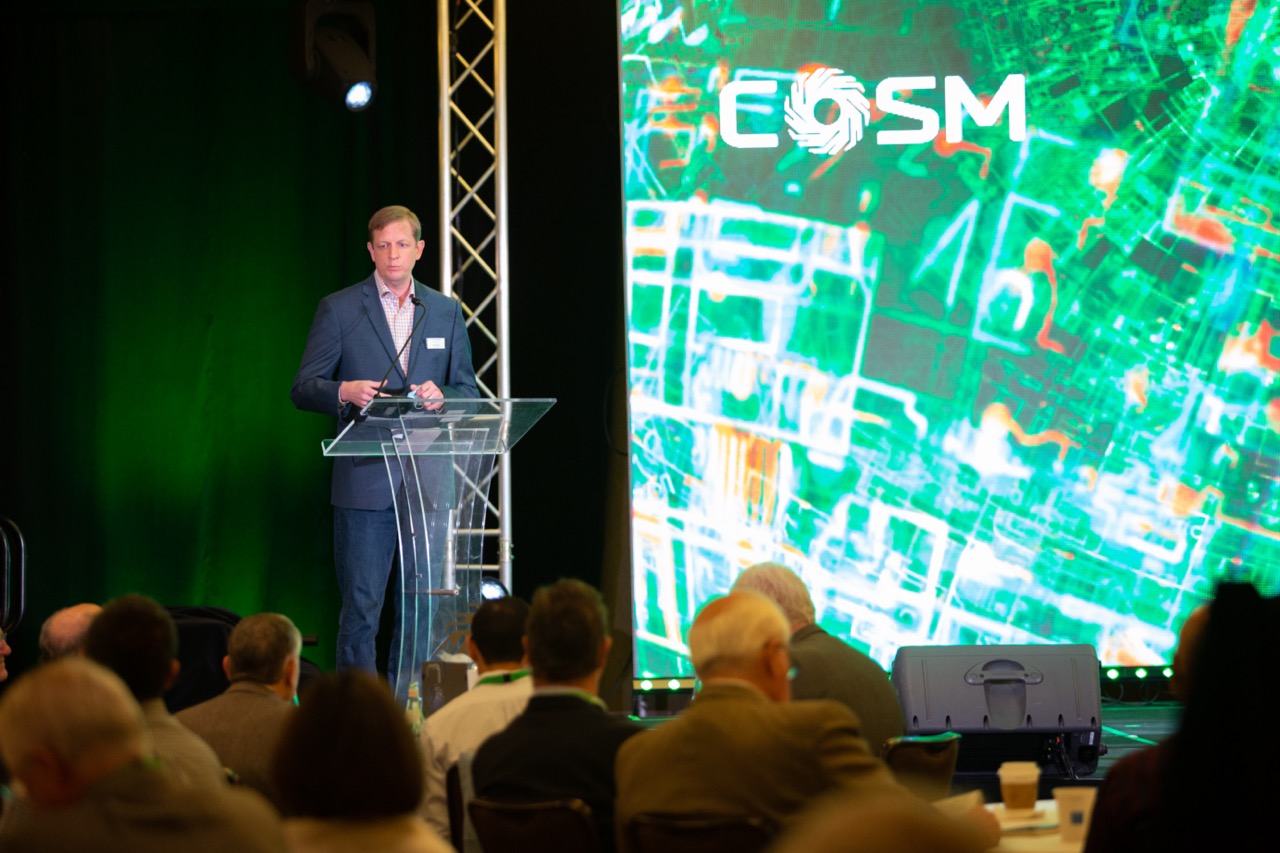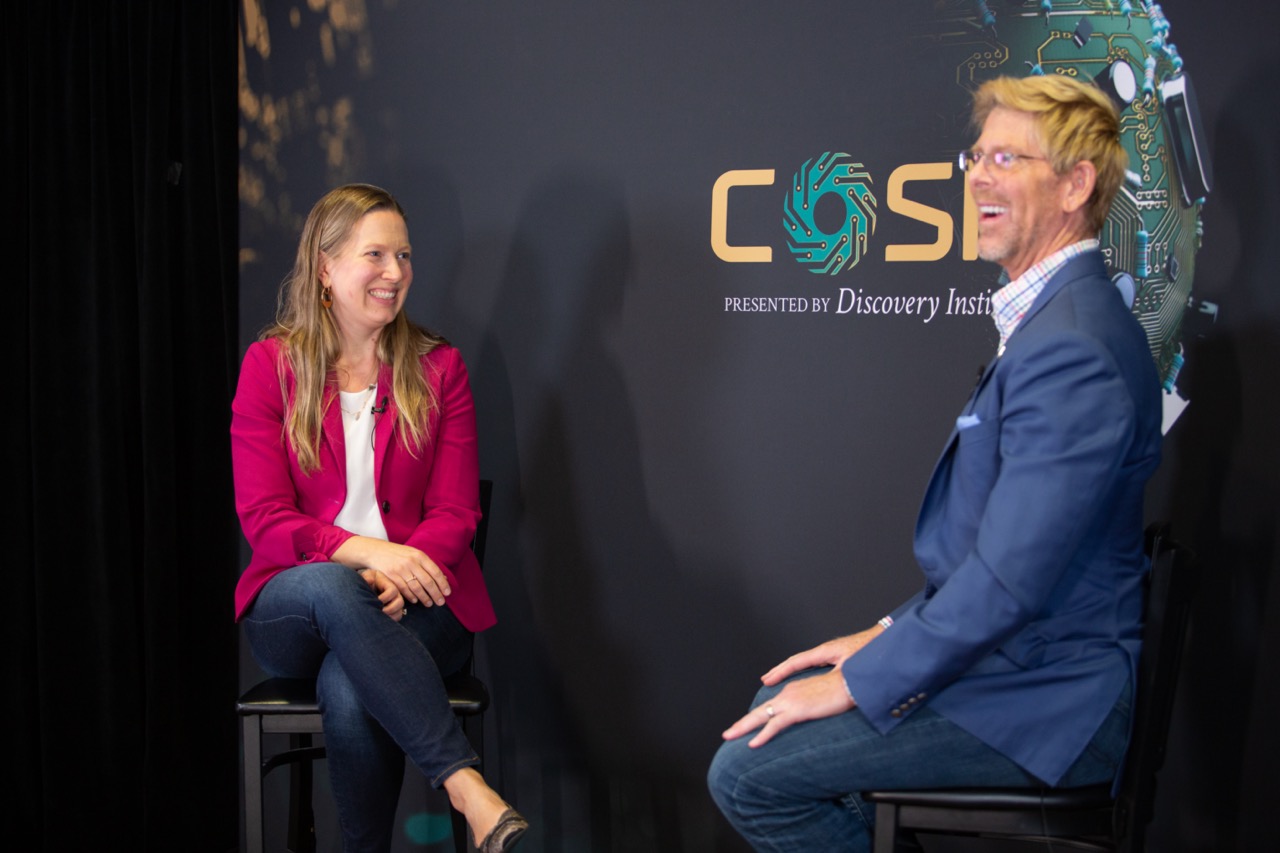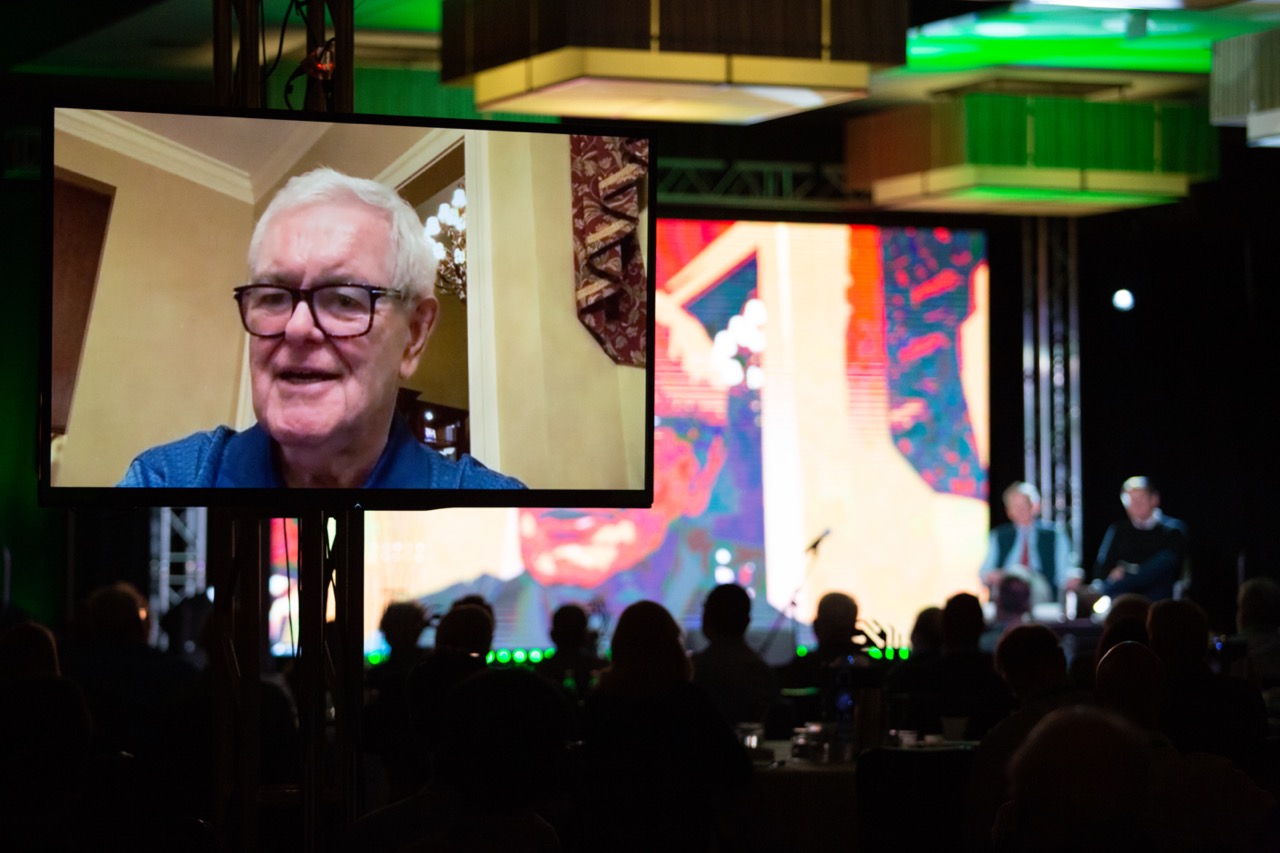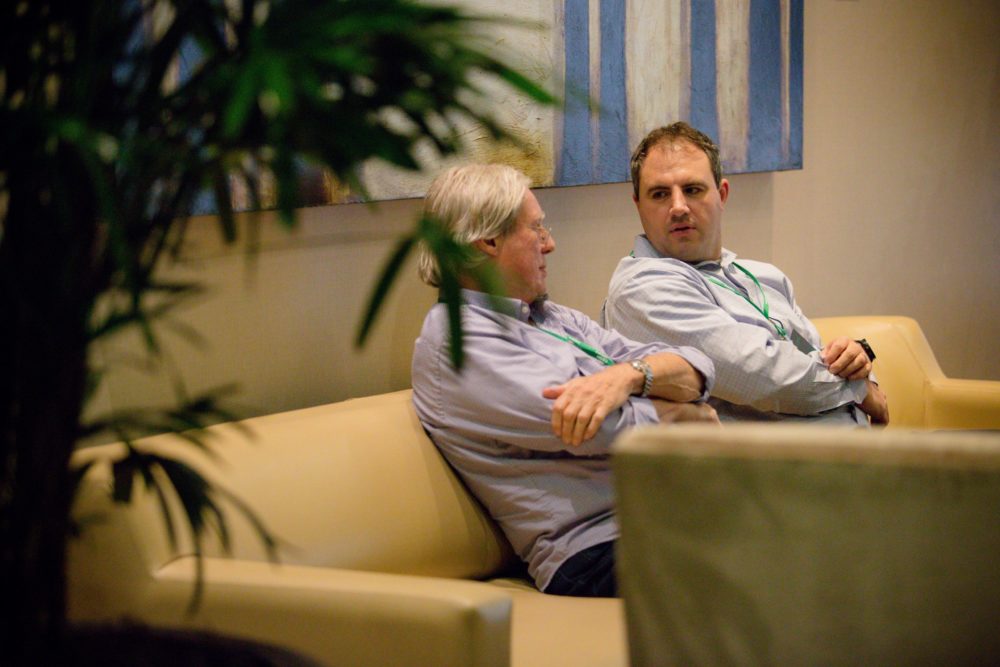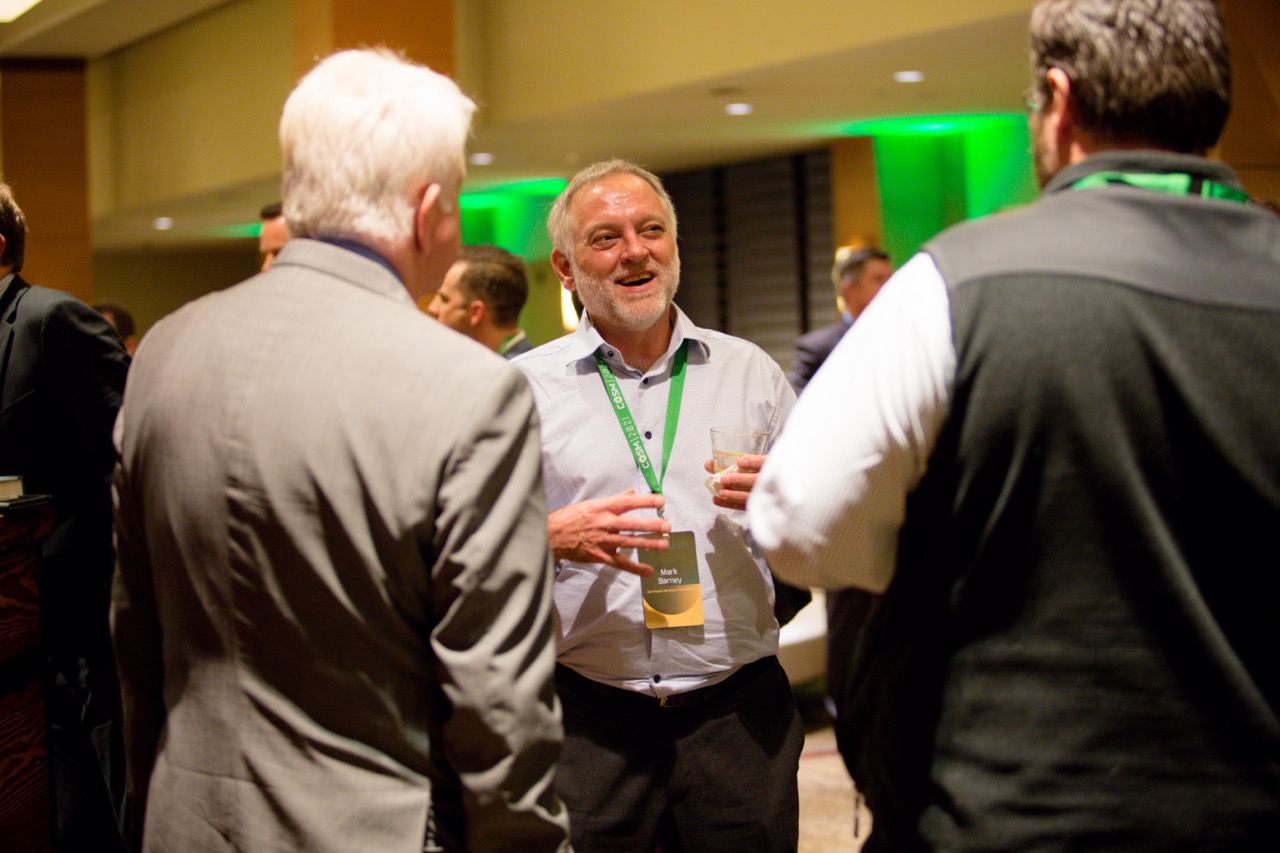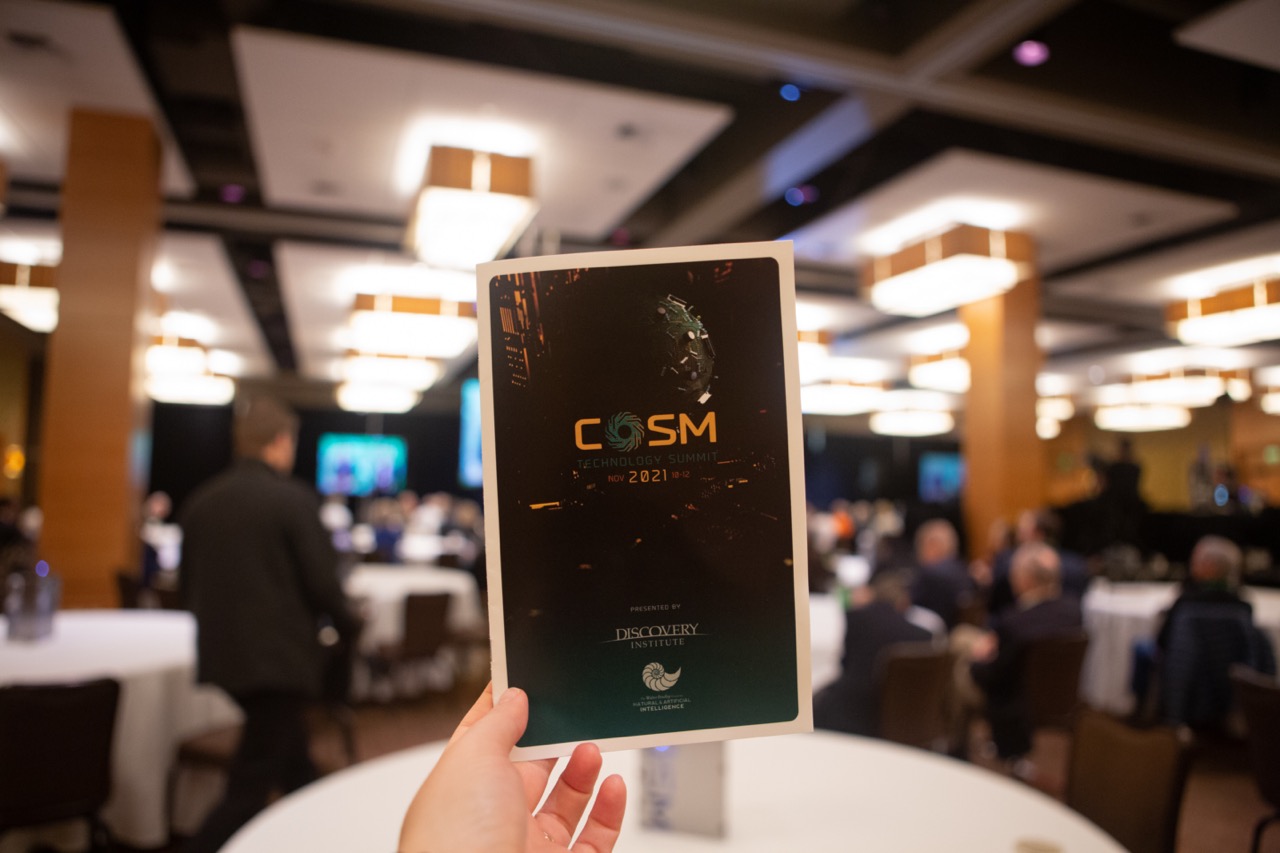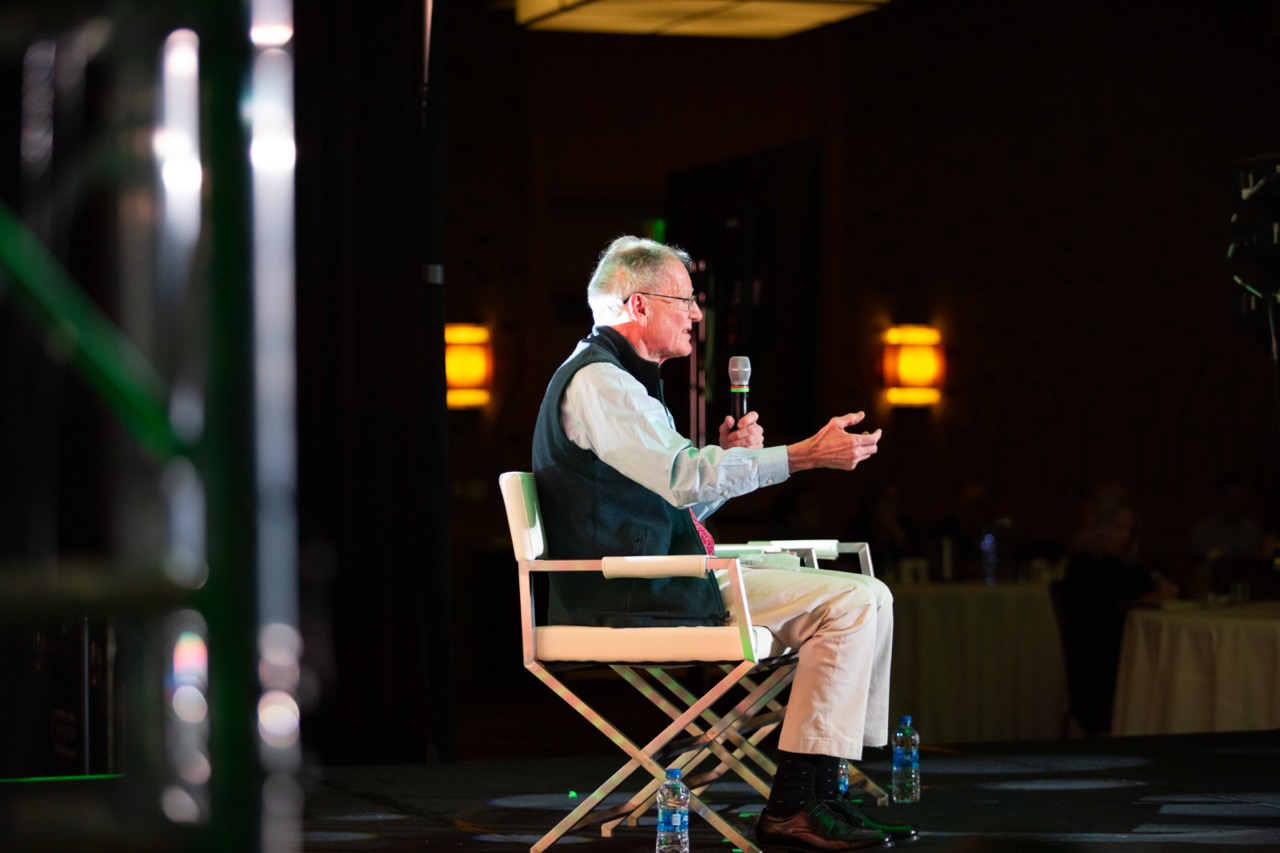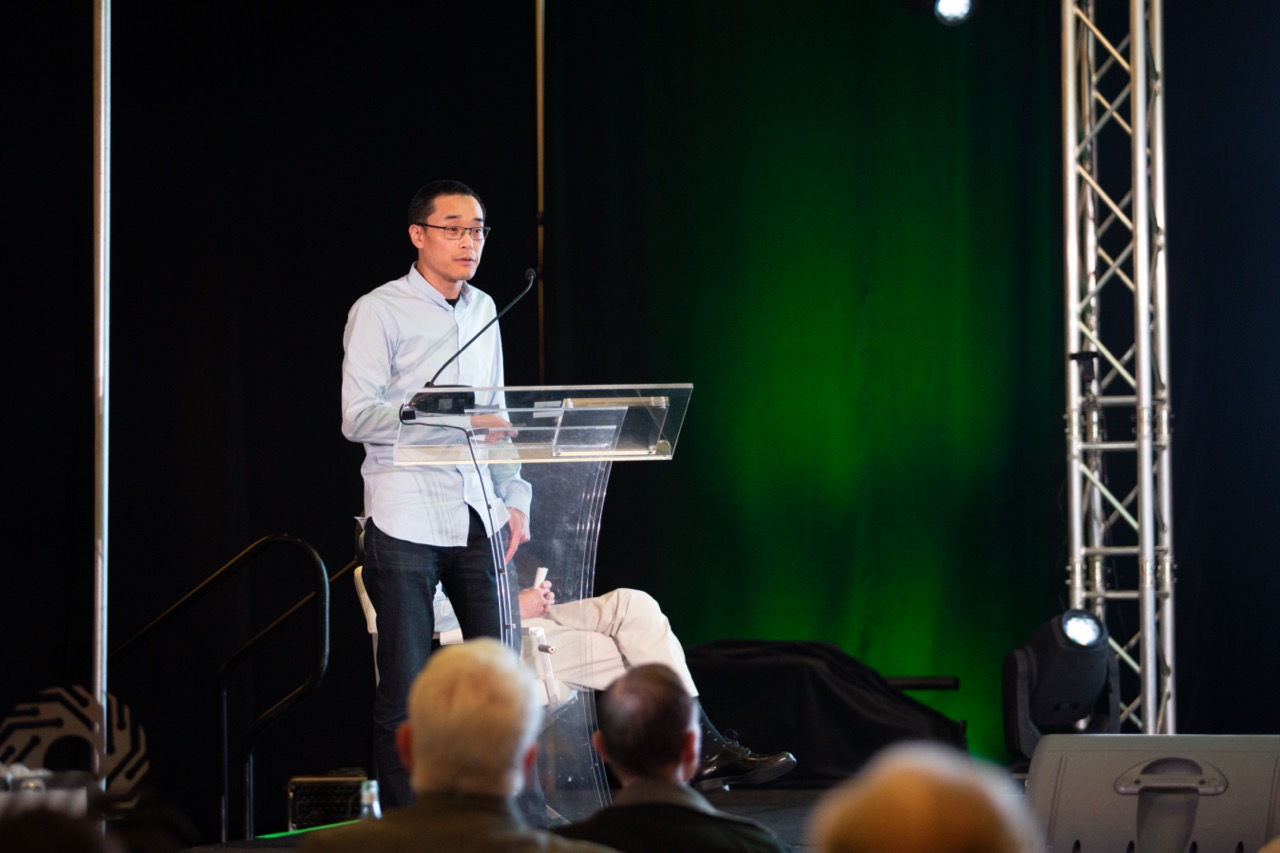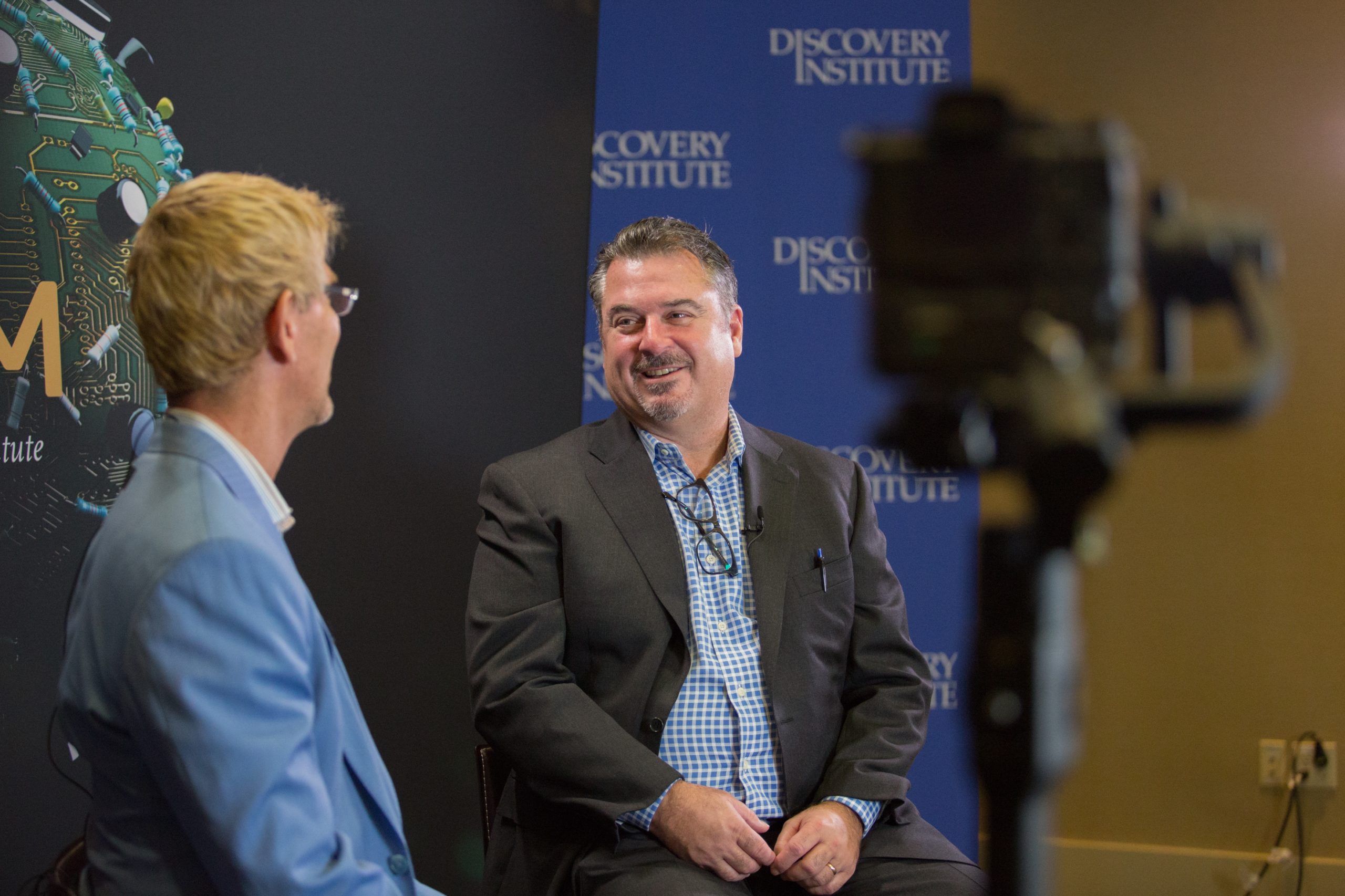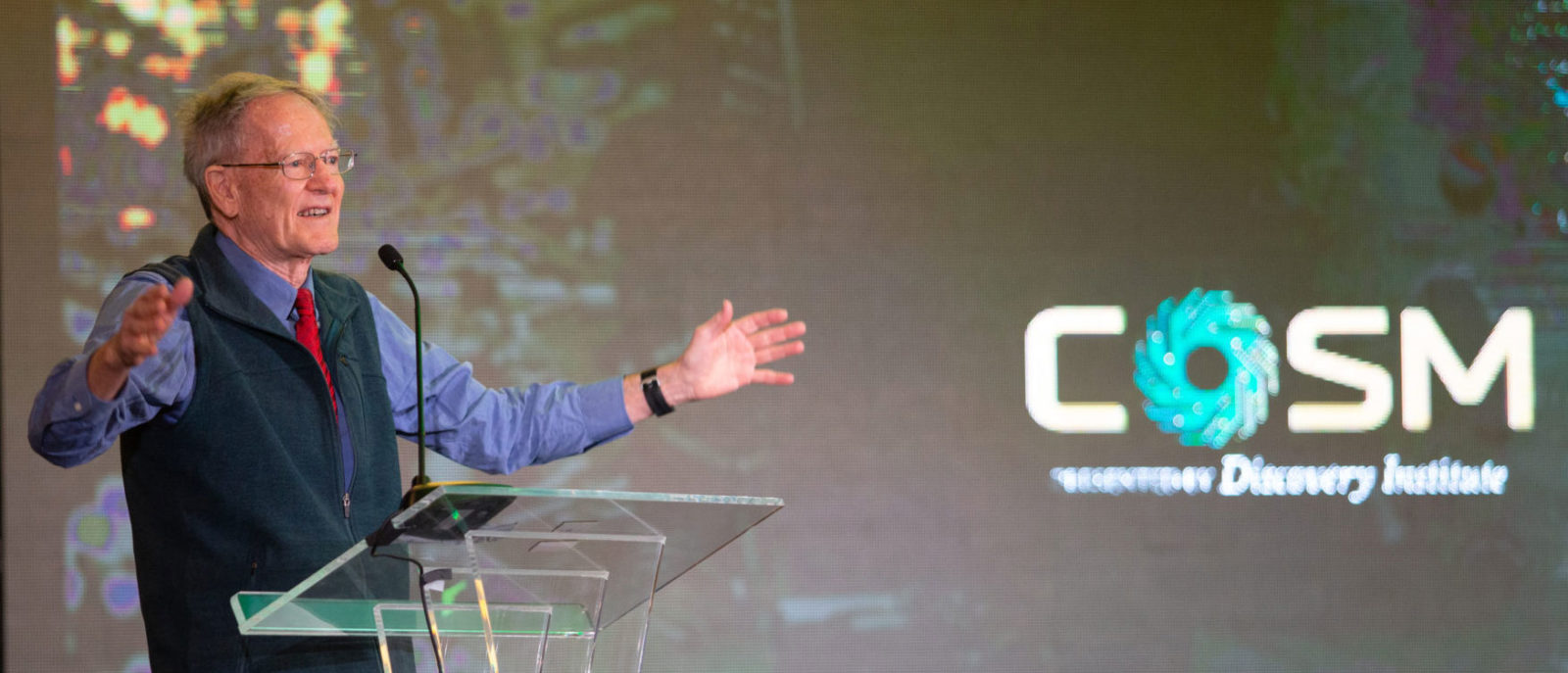COSM is an exclusive national summit on the converging technologies remaking the world as we know it. For decades, George Gilder has written presciently about the technological revolutions shaping our world, from the microchip in Microcosm, broadband in Telecosm, and the cryptocosm in Life After Google.
Cosm — the root of the English words cosmos, microcosm, and cosmopolitan — comes from the Greek word kósmos and means order, government, world, universe.
COSM24 will be the TOPOCOSM: exploring the new science of topology, the theory of spaces and places, and the technological transformation it is ushering in to a mostly baffled and indifferent world. With five Nobel prizes so far, it promises a revival of science as redemptive as its renewal of technology.
On the way are a new planar and waferscale electronics beyond silicon and beyond chips, a new age of 2D simplicities beyond baroque 3D tangles of overheated wires and switches, cool personal devices beyond giant thermodynamic datacenters ruled by refrigerator towers, a new spatial web rooted in proof of knowledge rather than manipulative power, a new and real intelligence (RI) distributed as widely as human minds rather than AI concentrated in huge data mines. Topology even transforms our political world, with real money as scarce and potentially infinite as time, and a new economics governed by the eternal topology of time prices — an economics of superabundance rather than planetary zero sum games and net-zero memes.
It’s a science of centers and edges, gaps and convergences, locality and entanglement. It is expressed in such providential arcana as Dirac points and Dirac Fermions and Quantum Hall effects. But it issues in magic angle graphene bilayer superconductors, and wafer scale epitaxial graphene semiconductors grown on silicon carbide wafers. It can be summed up in humble terms as what stays the same when a system is deformed. What is explained by local effects, and what transcends them in the inexorable sway of global order. Einstein’s constant lightspeed amid a fluctuating space time was a topological theory.
Science popularizer Carl Sagan used to proclaim the insignificance of humans in a universe with as many stars as there are grains of sand on all the world’s beaches. Topological theorist Jennifer Cano responds that there are as many electrons in a single grain of sand as stars in the universe. These electrons comprise a nanocosm, a quantum universe with plenty of room at the bottom and spin at the top.
We live in an age of superabundance rather than scarcity, creativity rather than chaos, and global topology rather than local fluctuations of random energy. Topology defines the difference between heat and light, between random energy and ordered luminosity, between ambient noise and the music of the spheres, randomness and creative surprise. It applies at once to our political crisis, our technological impasse, and our cultural unravelling.
On to the TOPOCOSM in Bellevue, October 31 and November 1.






